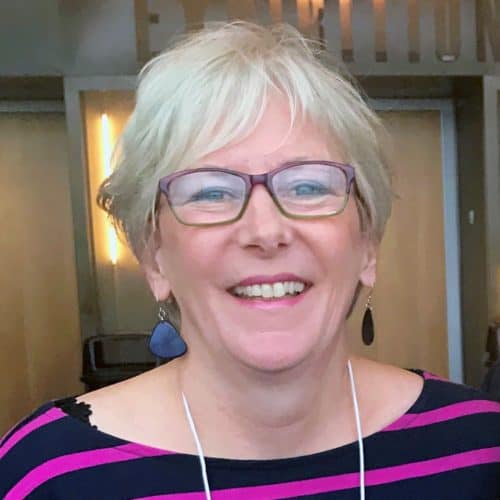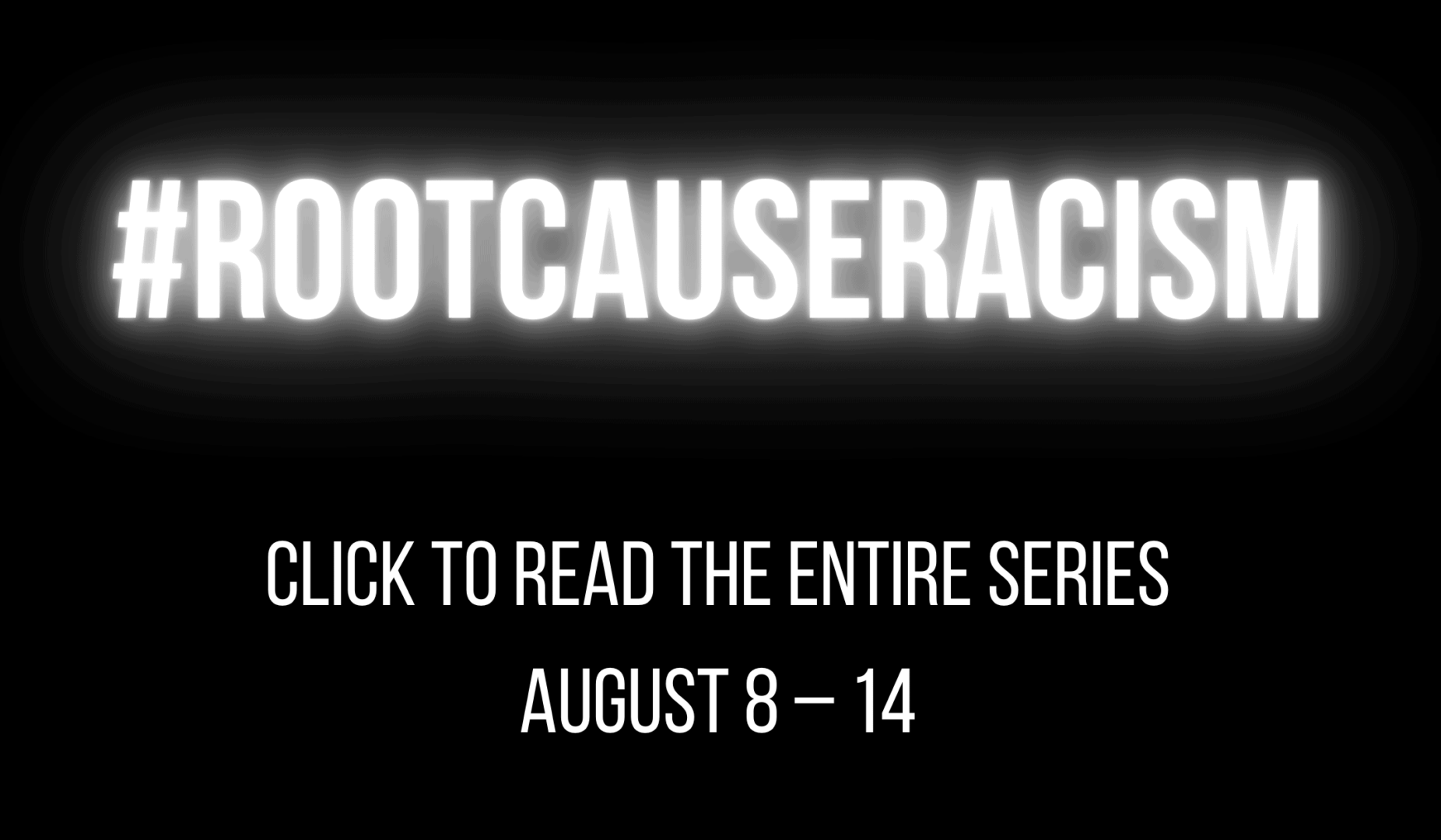Starting With the Grand-Daddies of Quality

A few years back I developed a blog series titled, “The Grand-Daddies of Quality“– my goal was to delve deeply into our industry history, but what I discovered sent me on an entirely unexpected quest.
The Quality Gurus, the Quality Greats, Fathers of Quality — whatever you want to call them — are important contributors to the problem-solving industry. My goal was to grasp and spread the word about all that each of them brought to the table. What role did they play in the techniques we use to this day? It was an educational romp through time — Taiichi Ohno's 7 Wastes, Walter Shewhart's Control Charts, Dr. Deming's PDSA, and so on.
It was also full of smaller but illuminating tidbits:
- Genichi Taguchi almost joined the family kimono business
- Henry Ford disappointed his parents by not taking over the family farm
- Shigeo Shingo's first job was on the Taiwanese Railroad
- Bill Smith owned a stable of racing horses
- Vilfredo Pareto lived with a menagerie of cats
- Dr. Deming played the flute and drums his whole life
- Taiichi Ohno first worked in the Toyoda Automatic Loom Works
One little-known-fact stuck out — Sakichi Toyoda invented the power loom to save his mother from back-breaking work. He went on to form what is now Toyota Motor Corporation.
Then it hit me — the matriarchy was non-existent.
Where were the women of quality?
My career is rife with dynamic, powerful women doing vital work — how do we honor them?
The Wonder Women of Quality–and the Challenge of Diversity
This gave birth to an entirely new series — a modern take — called “The Wonder Women of Quality.”
My colleague, Tracy O'Rourke, and I immediately began identifying the powerhouse women in our industry. We scoured our contacts and found amazing leaders.
While assembling our list I realized we faced another challenge. Whereas the Grand-Daddies of Quality admitted no women, the potential Wonder Women of Quality were all white. How did that happen?
Back then, I read an article where talk-show host Jon Stewart addressed his all-white, all-male writers' room:
Stewart added that, at the time, “The Daily Show” had a policy that hid the names of job applicants, which they thought was “the way to not be sexist and racist.” But when they kept hiring “white dudes from a certain background,” they eventually realized that “the river that we were getting the material from, the tributary was also polluted by the same inertia. And you had to say to them, send me women, send me black people. And all of a sudden, women got funny, it just kind of happened — but they'd been funny all along. We just hadn't actively done enough to mine that.”
What River Are You On?
That's exactly what had happened to us — we needed to mine a new tributary. I hit the phones. I reached out to Sally Toister, head of Operational Excellence for Marriott, to see if she had a bigger network. She sent me a list of contacts she'd met in a women's leadership session at the PEX (Process Excellence) Network conference. I contacted those women, asked for more names and contacted more women. I told them my story. I was clear — I wanted to include women of color.
The result? The “Wonder Woman of Quality” series is a pan-cultural triumph.
I still feel the power of Crystal Davis‘ words of wisdom:
“Own your seat at the table — it is no longer good enough to just be in the room — engage in the conversation and be part of the solution.”
What that means to me is that women, and people of color, are not always invited to the table. But we changed things, right? Problem solved?
Keep Your Eyes on the Prize
Not so fast.
I thought we had this thing down only to discover we still had blind spots. Tracy and I recently built a leadership training which included podcast interviews with pivotal leaders.
During the first round of feedback, a member of our pilot team asked us, “Why didn't you include any interviews with female leaders?” We were dumbstruck. Without thinking, we accessed the same white male tributary.
Your Call to Action
We've all seen the posts for process improvement conferences where every single keynoter is a white man. We share them with each other in disbelief. But what part do we play in that happening?
You need a process–you need a method to ensure diversity. I take a page from Wonder Woman Katie Anderson who encourages us to “lead with intention.”
My challenge to you:
Your first step — as in any improvement effort — is to set a measurable goal. What's the target?
If you're creating a panel of experts, if you're forming an improvement team, if you're inviting guests to interview on your podcast, if you're hiring staff — what should the group look like?
Once you establish your inclusive “target,” start considering your sources. Where are you looking — what river — to reach your goal? Chances are you need to look elsewhere.
When we teach sampling, we often advise people to create subgroups first. If you're going to interview every 3rd hotel guest to understand what they expect of the property, then how are you going to avoid interviewing only male guests? Only white patrons? First understand your population. Have goals for men, women, people of color, etc.–keep expanding the river.
Expanding your sources takes work.
The Wonder Women of Quality led me to the Women in Lean, and the Women in Lean continue to expand my thinking.
Being asked to join in the Anti-Racism Panel is an honor and a chance to form rewarding new relationships. Set a goal and find new sources. The journeys on these waterways are as rewarding as hitting the goal — trust me.


Please scroll down (or click) to post a comment. Connect with me on LinkedIn.
Let’s work together to build a culture of continuous improvement and psychological safety. If you're a leader looking to create lasting change—not just projects—I help organizations:
- Engage people at all levels in sustainable improvement
- Shift from fear of mistakes to learning from them
- Apply Lean thinking in practical, people-centered ways
Interested in coaching or a keynote talk? Let’s start a conversation.









![When Was the Last Time a Leader Around You Admitted They Were Wrong? [Poll]](https://www.leanblog.org/wp-content/uploads/2025/07/Lean-Blog-Post-Cover-Image-2025-07-01T212509.843-100x75.jpg)
Thanks for this fabulous post, Elisabeth Swan! Leading and living with intention towards our purpose is one of the mightiest ideas I ever came across. Our purpose and intentions help us to do what is right (for us) rather than what’s fast or easy or convenient. Purpose and intention provides the energy and direction to reach our goals! Thank you!
This message definitely resonates with me. I’m starting a weekly feature series on LinkedIn called CI in 5 where I’m welcoming CI professionals to sum up what CI means to them in 5 words or less and in 5 minutes or less. after insight from my Lean coaches/mentors and my wife I had to admit the desire to get the “popular” names in Ci…all great people mind you…and also the vast majority white males. So I had to do some reflection and say what do I want…and aligning to my purpose is what I want. Part of that PUPROSE is to advocate…with that in mind I’ve set as a target to have at least 2 women on for every man and have one women of color on for those two. I look forward to seeing what comes of this and encourage my other CI practitioners, like myself, who have the privilege of being white and male to take to heart this message. What are we going to do to change the landscape?
Lilian Gilbreth! There from the very beginning! :—)
Wow! That was deep Elisabeth Swan! “ Without thinking, we accessed the same white male tributary.” We will not get different results this way!
Elisabeth, thank you for sharing, expanding your thinking, and hopefully expanding the thinking of readers of this post and encouraging those in power to cast a broader net in new/fresh tributaries to catch BIPOC talent that is out there. Perhaps this is what “going to the gemba with diversity, equity, and inclusion in mind” looks like and seeing value in value streams that include BIPOC. #womeninleanrock
Thanks Christopher Chapman! I have great faith that this blog series will be opening eyes all around. Wonderful writing going on!